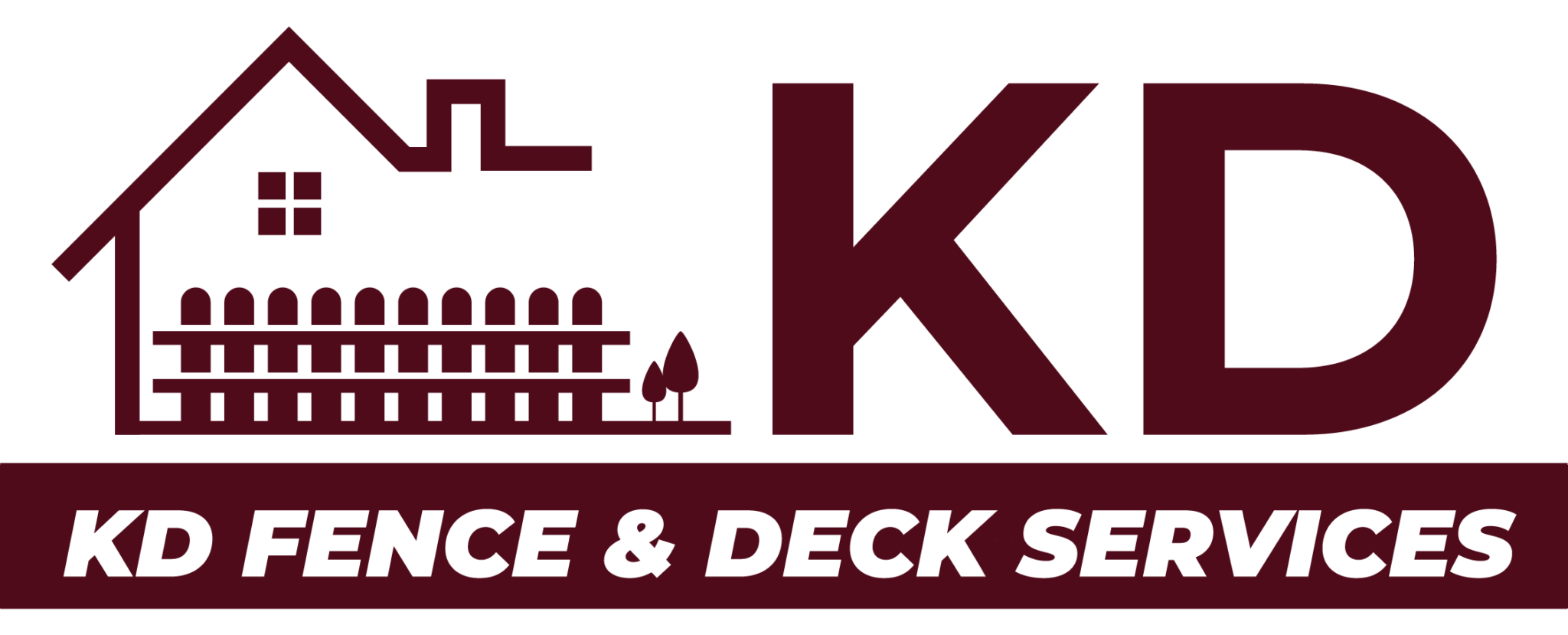As an experienced fence contractor serving the Buffalo, NY area, I have had the pleasure of working with various fencing materials, each with its unique advantages and applications. One of the most versatile and widely-used fencing options is chain-link fencing.
In this comprehensive guide, I will explore the different types of chain-link fencing, their advantages, and the factors to consider when choosing the right option for your property.
Different Types of Chain Link Fencing
Standard Chain Link Fencing:
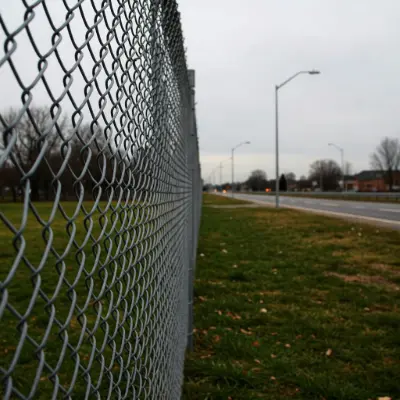
- This is the most common and economical type of chain-link fencing.
- It features a galvanized steel mesh with a uniform diamond-shaped pattern.
- The wire gauge and mesh size can vary depending on the desired strength and durability.
Vinyl-Coated Chain Link Fencing:

- This type of chain-link fencing features a durable vinyl coating over the galvanized steel mesh.
- The vinyl coating provides enhanced corrosion resistance, improved aesthetics, and a wider range of color options.
- Vinyl-coated fencing is a popular choice for residential and commercial applications where a more attractive appearance is desired.
Powder-Coated Chain Link Fencing:

- This fencing option utilizes a powder-coating process to apply a durable, long-lasting finish to the galvanized steel mesh.
- The powder coating provides a wide range of color options, including custom colors, to match various design preferences.
- Powder-coated chain-link fencing is known for its excellent resistance to fading, chipping, and weathering.
Galvanized Chain Link Fencing:
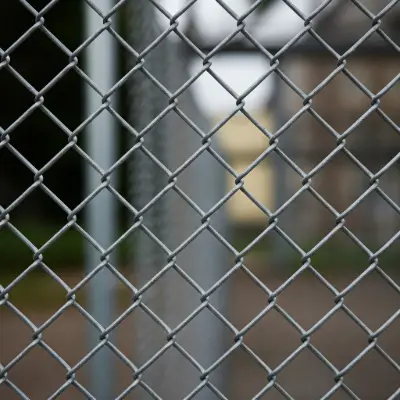
- This type of chain-link fencing features a hot-dipped galvanized steel mesh, providing superior corrosion resistance.
- Galvanized fencing is a popular choice for industrial, agricultural, and other outdoor applications where durability is a priority.
- The galvanized finish can also be painted or coated for added customization.
Aluminum Chain Link Fencing:
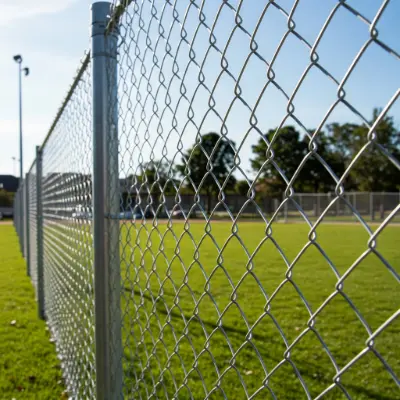
- Aluminum chain-link fencing is a lightweight and corrosion-resistant alternative to traditional steel fencing.
- The aluminum mesh is often anodized or powder-coated to enhance its appearance and weather resistance.
- Aluminum fencing is a popular choice for residential and commercial applications, particularly in coastal areas or environments with high moisture levels.
Colored Chain Link Fencing:
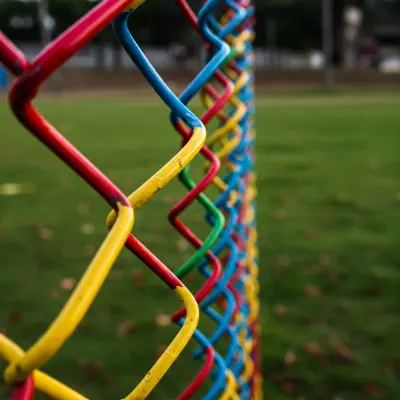
- In addition to the standard galvanized finish, chain-link fencing can be obtained in a variety of colors.
- These colored options are achieved through vinyl coating or powder coating processes, offering a wider range of aesthetic choices.
- Common color options include black, green, brown, and even custom colors to match specific design preferences.
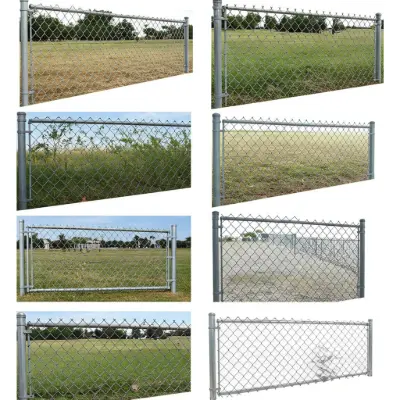
Advantages of Chain Link Fencing
- Durability: Chain-link fencing is known for its exceptional durability, able to withstand the elements and heavy use over an extended period.
- Versatility: Chain-link fencing can be used for a wide range of applications, including residential, commercial, industrial, and agricultural settings.
- Low Maintenance: Compared to other fencing materials, chain-link fencing requires minimal maintenance, making it a cost-effective option in the long run.
- Cost-Effectiveness: Chain-link fencing is generally more affordable than many other fencing options, making it an attractive choice for budget-conscious projects.
- Easy Installation: Chain-link fencing can be installed relatively quickly and easily, often requiring fewer specialized tools and skills compared to other fencing types.
Factors to Consider When Choosing Chain Link Fencing
- Purpose and Application: Determine the primary purpose of the fence, such as security, privacy, or boundary marking, and select the appropriate type and size of chain-link fencing.
- Aesthetic Considerations: If the appearance of the fence is a concern, consider options like vinyl-coated or powder-coated chain-link fencing, which offer a wider range of color choices.
- Environmental Conditions: Evaluate the local climate and environmental factors, such as exposure to salt air or harsh weather, to ensure the selected chain-link fencing can withstand the conditions.
- Budget: Assess your budget and balance the initial cost with the long-term maintenance requirements to find the most cost-effective solution.
- Local Regulations: Research any local zoning laws, building codes, or homeowners’ association guidelines that may impact the selection and installation of your chain-link fencing.
Before installing a chain link fence in Buffalo, it’s essential to consult the City of Buffalo’s Building Permits page, which outlines the necessary permits and regulations to ensure compliance with local codes.
Chain Link Fencing Installation Process
The installation of chain-link fencing typically involves the following steps:
- Clearing the area, marking the fence line, and ensuring a level surface.
- Setting the fence posts at the appropriate intervals and depth, ensuring they are plumb and secure.
- Attaching the chain-link mesh to the posts, stretching it taut, and securing it in place.
- Securing the mesh to the posts using tension bands and tension bars.
- Hanging the gate(s) and ensuring proper functionality.
- Checking the fence for alignment, tension, and overall appearance, making any necessary adjustments.
It’s important to note that the installation process may vary depending on the specific type of chain-link fencing, the terrain, and any local requirements. Consulting with a professional fence contractor like KD Fence & Decks Services can ensure a successful and compliant installation.
Maintenance and Care for Chain Link Fencing
Proper maintenance and care are essential to ensure the longevity and optimal performance of your chain-link fencing. Here are some key maintenance tips:
- Regular Inspection: Regularly inspect the fence for any signs of damage, corrosion, or loose components, and address any issues promptly.
- Cleaning: Occasionally clean the fence using a mild detergent and water to remove any accumulated dirt, debris, or grime.
- Lubrication: Apply a light lubricant to the gate hinges and other moving parts to ensure smooth operation.
- Vegetation Control: Keep the area around the fence clear of overgrown vegetation, which can potentially damage the fence or impede its function.
- Repair and Replacement: Address any damaged or worn components, such as broken or sagging mesh, as soon as possible to maintain the fence’s integrity.
By following these maintenance practices, you can extend the lifespan of your chain-link fencing and ensure it continues to serve its purpose effectively.
Finding Reliable Fence Contractors in Buffalo, NY
If you’re in the Buffalo, NY area and are considering installing or maintaining chain-link fencing, it’s essential to work with a reputable and experienced fence contractor. At KD Fence & Decks Services, we pride ourselves on our expertise in all types of fencing, including chain-link. Our team of skilled professionals can guide you through the selection process, provide expert installation, and ensure your fence continues to perform at its best.
Get in touch with KD Fence & Decks Services now to discuss your chain-link fencing needs and receive a free, no-obligation quote.
Conclusion
Chain-link fencing is a versatile and practical choice for a wide range of applications. By understanding the different types of chain-link fencing, their advantages, and the factors to consider, you can make an informed decision that best suits your needs and budget.
Whether you’re looking for a durable, low-maintenance option or a more aesthetically pleasing solution, there’s a chain-link fencing option that can meet your requirements. Remember to work with a reliable fence contractor, like KD Fence & Decks Services, to ensure a successful and long-lasting installation.
